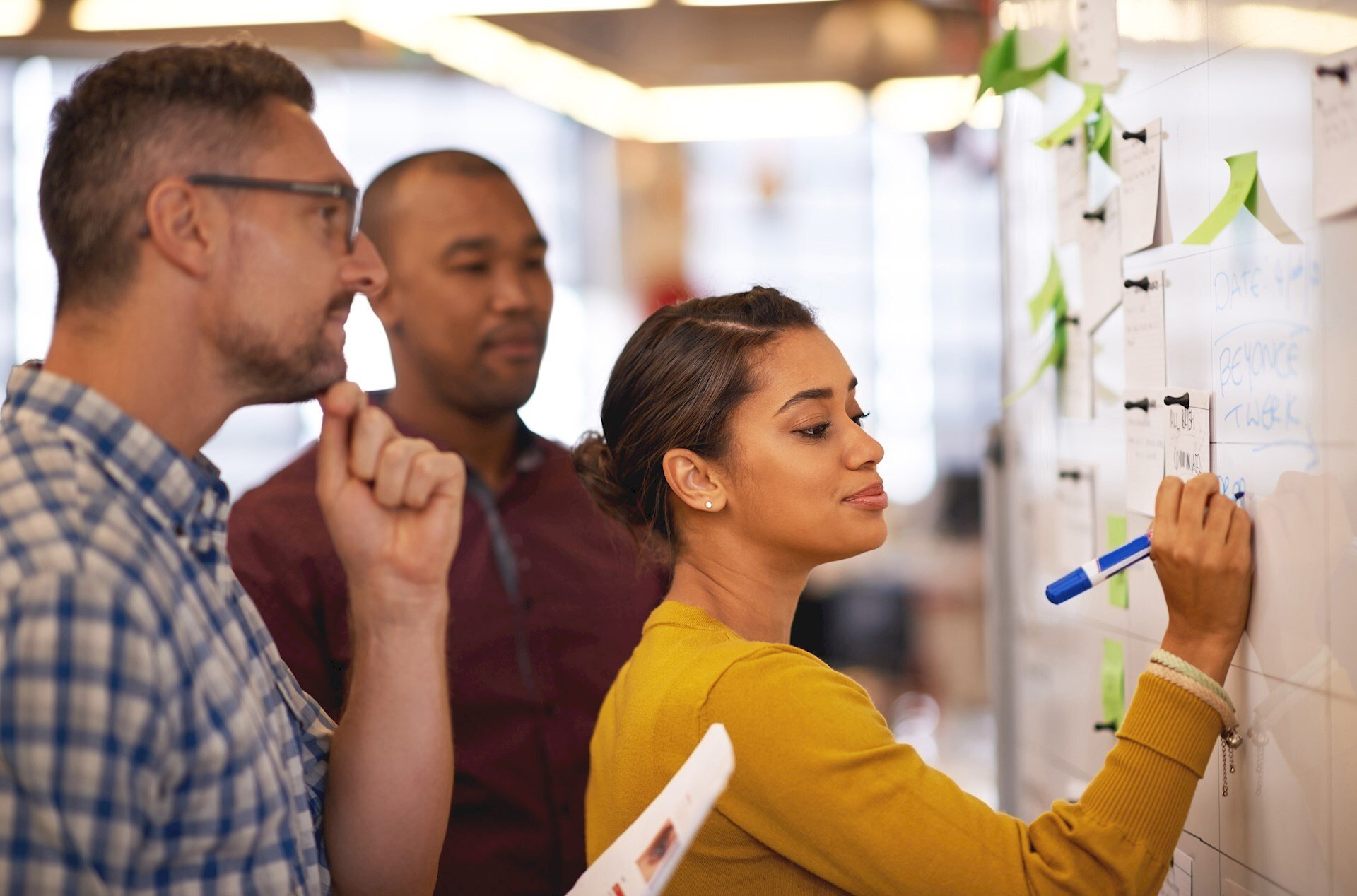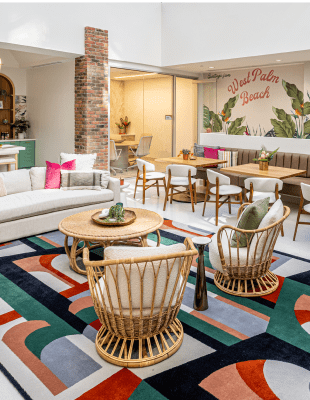Putting people first drives more impactful outcomes
Design thinking has fueled conversations in Silicon Valley for years as a powerhouse planning methodology behind global technology companies. As organizations outside of the tech and creative industries race to deliver valuable new solutions for their customers' emerging challenges, design thinking is shedding new light on opportunities in the engineering and construction sector.
Design thinking reframes traditional approaches to engineering challenges by putting people at the heart of the conversation. Guided by five steps—empathize, define, ideate, prototype, and test—this process continually revisits personal perspectives to ensure more targeted, effective results that address underlying human needs. In addition to allowing for “fast-failures”- quick pivots that enable organizations to adjust rapidly and focus on ideas better suited for their customers- design thinking brings actionable, innovative solutions to the AEC industry’s most challenging problems.
Take, for example, organizations or utilities going through a company-wide transformation. Maybe it’s a new operating system, the construction of a new asset, or a major behavioral change to meet a policy goal. Whatever the case may be, its likely people will need to adapt for the change to be successful and long-lasting. If the organization focuses their transformation on understanding people using the design thinking process, the solutions can be developed to help ensure a sustainable impact.
Consider an organization trying to meet sustainability targets that are becoming ever more vital to the AEC industry. They aspire to source materials and services from suppliers that also value sustainability. They aim to design products to limit waste and to convince employees to change office behaviors to limit carbon footprints. By involving suppliers in the design of their sustainability plans, understanding their pains and gains, the organization may be able to build a program that all of their suppliers, large and small, can participate in, amplifying the effect of the program’s carbon reduction. By understanding the process engineers take to design products, organizations may be able to identify innovative solutions to improve the process and reduce waste simultaneously. By engaging employees in the evolution of sustainability programs, observing their workplace behavior and needs, the organization could become more sustainable and a better place to work.
That organization may come across insights and innovations they never expected because they involved people in their solutions. As with Uber, Amazon, and numerous other companies that find value in customers’ unexpressed needs, engineering organizations can start to improve how they work by addressing their customers hidden pain points or frustrations.
Design thinking is a human-centric approach to problem solving. Starting with empathy, then moving to other steps in the process, ensures participants consider the customer’s perspective when solving complex, technical problems. Over the course of this blog series, my colleagues and I will examine each stage in the process and how design thinking is transforming an entire industry.






